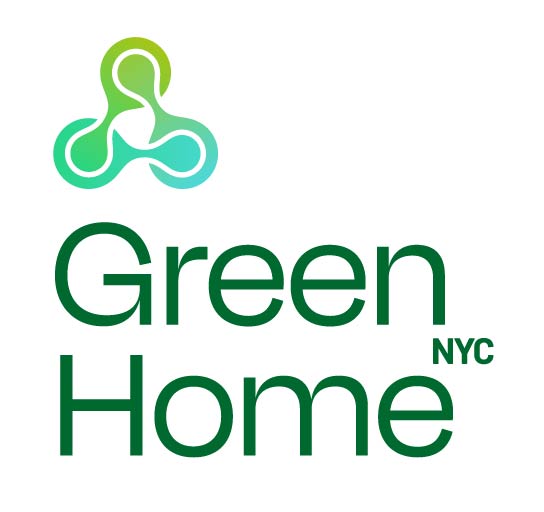The Cooperator (2003/12): Painting the Town Green: A Look at GreenHomeNYC
Painting the Town Green
A Look at GreenHomeNYC
By Mary K. Fons
Did you know that every time you flush the toilet, you use around six gallons of water? Or that compact fluorescent light bulbs use nearly 75 percent less energy than incandescent bulbs and cost far less, too?
After the blackout of 2003, most newspapers and online magazines were inundated with energy saving tips and hints on how we could (and should) all be more energy-conscious. Even though it took a regional blackout to do it, a lot of New Yorkers began to actually read those tips and some of them even started to put some better habits into practice by shutting off running faucets, turning off lights when not in rooms, and so forth.
But all the “drastic times call for drastic measures” actions that have been suggested, however crucial, are band-aid sized solutions to a much bigger problem: New York City, like so many other cities in the U.S., uses an astronomical amount of energy to stay running. Granted, it’s a big city in a country full of people with huge appetites for their appliances, which sit in their big kitchens, kept at their preferred temperature. It’s difficult to ask people to cut back the level of luxury that many of them are used to – even if installing a better light bulb would save them from a blackout.
For years now, some people have suggested that perhaps the way to solve America’s energy problem is to address it before it gets to blackout proportions. Instead of making a building run more efficiently by shutting off the air conditioners whenever possible, we might think about building a cooler building.
GreenHomeNYC is committed to making these square one changes accessible and feasible to the architects, contractors, building managers/owners, and any New York resident who wants to be involved in building a more sustainable, energy efficient home or business. The company is young (only over one year old), and there aren’t many people on the payroll yet. But GreenHomeNYC has accomplished quite a bit since they established themselves as a non-profit 501(c)3 company in 2002.
Keep reading at The Cooperator

Leave a Reply
You must be logged in to post a comment.